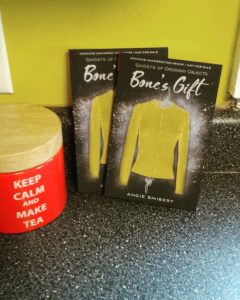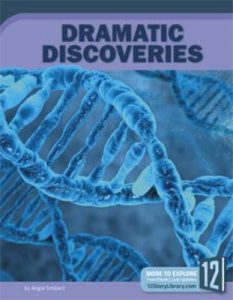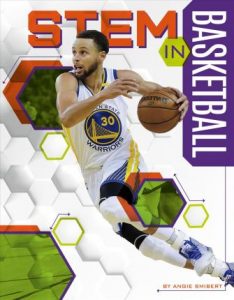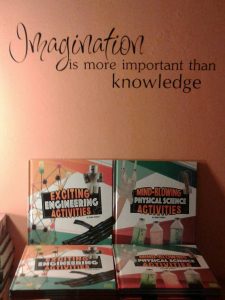Today I got ARCs (advance reading copies) of BONE’S GIFT today! It’s the first book in my middle-grade series GHOSTS OF ORDINARY OBJECTS.

Here’s the jacket copy:
In this supernatural historical mystery, twelve-year-old Bone possesses a Gift that allows her to see the stories in everyday objects. When she receives a note that says her mother’s Gift killed her, Bone seeks to unravel the mysteries of her mother’s death, the schisms in her family, and the Gifts themselves.
In a southern Virginia coal-mining town in 1942, Bone Phillips has just reached the age when most members of her family discover their Gift. Bone has a Gift that disturbs her; she can sense stories when she touches an object that was important to someone. She sees both sad and happy–the death of a deer in an arrowhead, the pain of a beating in a baseball cap, and the sense of joy in a fiddle. There are also stories woven into her dead mama’s butter-yellow sweater–stories Bone yearns for and fears. When Bone receives a note that says her mama’s Gift is what killed her, Bone tries to uncover the truth. Could Bone’s Gift do the same? Here is a beautifully resonant coming-of-age tale about learning to trust the power of your own story.
You can preorder the book from:
Amazon | Barnes & Noble | Indie Bound
If you’d like a copy of the ARC to review, please contact Kerry McManus (Kerry.McManus@boydsmillspress.com) at Boyd’s Mill Press.
Happy Reading!
A-




